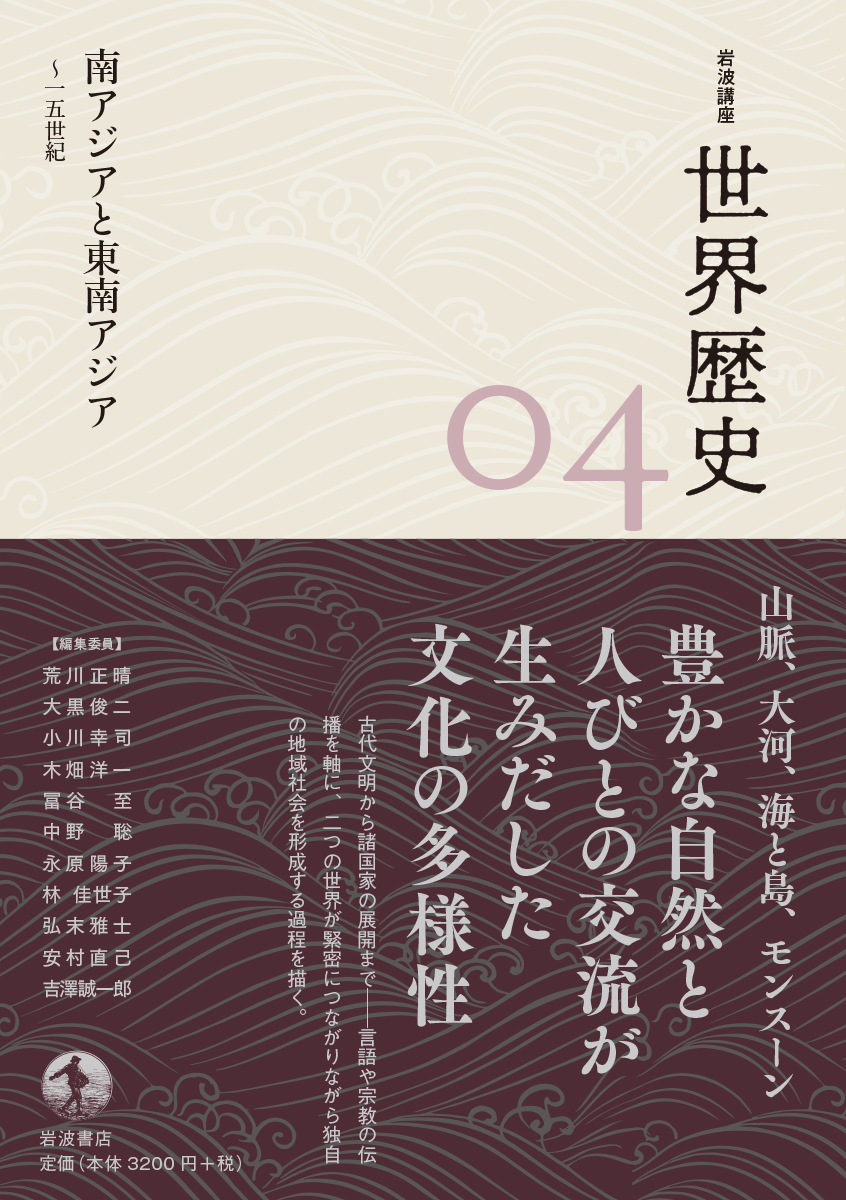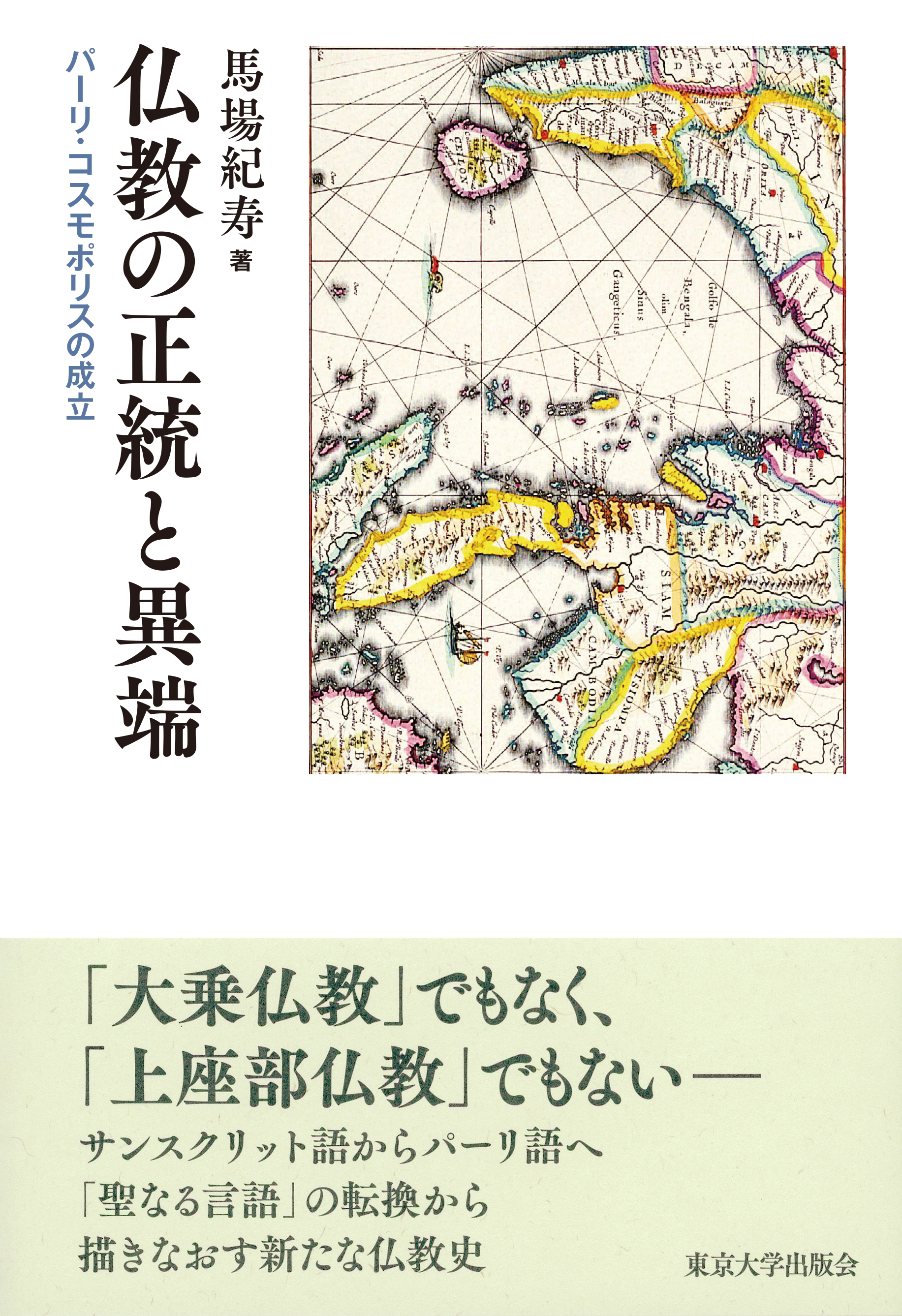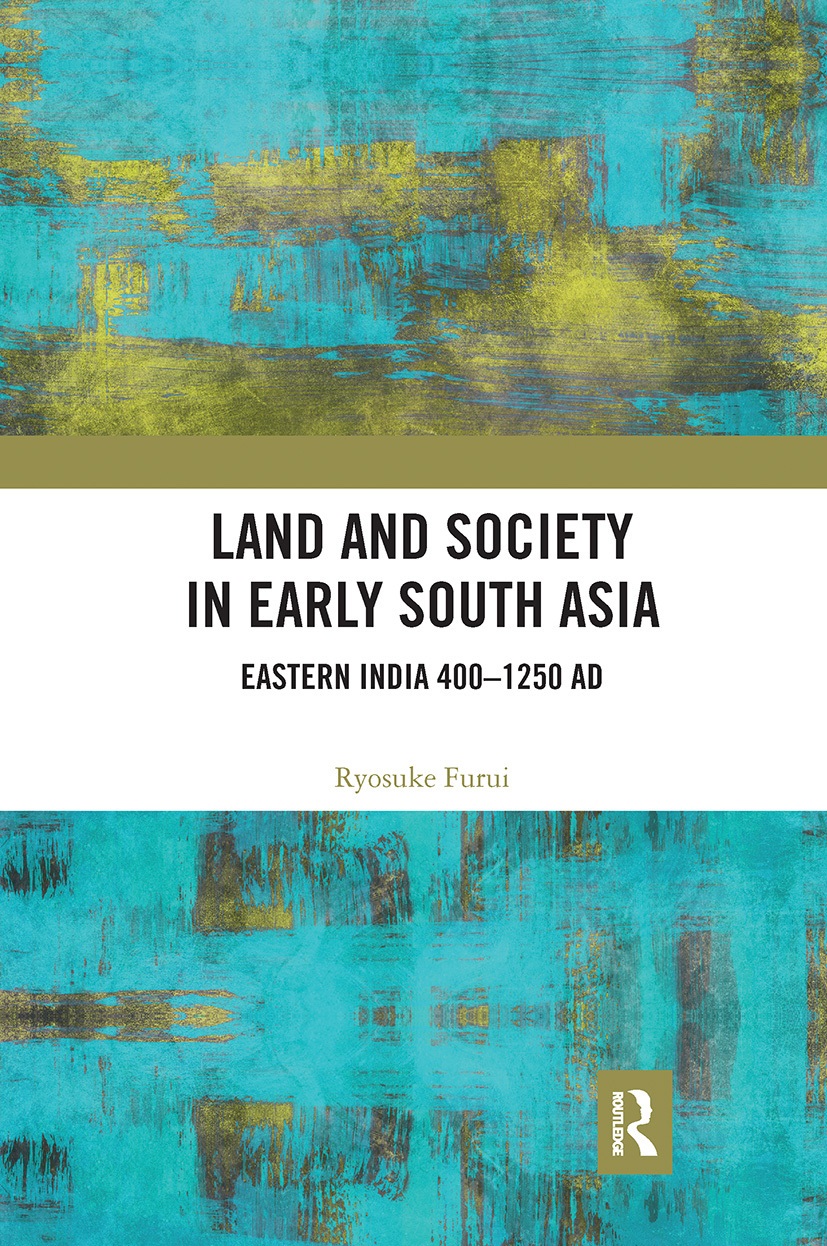
Title
Iwanami Lecture Series, World History, vol.4 Minami Asia to Tounan Asia -15 Seiki (South Asia and Southeast Asia, to the 15th Century)
Size
310 pages, A5 format, hardcover
Language
Japanese
Released
May 27, 2022
ISBN
9784000114141
Published by
Iwanami Shoten
Book Info
See Book Availability at Library
The present volume, the fourth in the Iwanami Lectures on World History, third series, deals with the history of South and Southeast Asia from the earliest time to the fifteenth century. In the first section, named “Perspective,” we depict the respective historical processes of the formations of the South Asian World and Southeast Asian World and try to familiarize readers with the latest academic theories and works. In the second section, named “Inquiry,” we discuss issues related to long-term changes, namely, the progress of state formation in South Asia from the precocious empire of the Mauryas to the regional kingdoms, through the Sanskrit kingship of the Guptas; the development of Maritime Southeast Asia with the extension of trade networks in the Indian Ocean and the South China Sea; Sanskrit Cosmopolis, a cultural sphere which shared Sanskrit as the language of political discourse and covered both South and Southeast Asia, and Pali Cosmopolis, which grew and expand as a counter to the former; and the activities of Muslims on both land and sea and the resultant expansion of Islam. In contrast, in the third section, named “Focus”, we deal with topics more limited in time and scope, including the earliest cultures of both South Asia and Southeast Asia; the ancient states of Southeast Asia; goddess worship and gender issues in South Asia; the kingship and diplomacy of the Angkor Dynasty; and the maritime history of the Indian Ocean and South India. I believe that all the contributions are works based on the latest results by the best authors available among historians of South and Southeast Asia in present-day Japan.
In my own contribution, the perspective “The Formation and Development of South Asian World,” I try to depict the history of South Asia from the arrival of Homo sapiens to the fifteenth century as a history unfolded by the interactions of human groups engaging in various livelihoods and occupations in different environments created by the combinations of diverse terrains and the monsoon cycle, with special focus on “inner frontiers,” the contact zones of sedentary agrarian society and non-sedentary society generated by the encroachment of the former upon the latter, and on “outer frontiers,” the contact zones with the neighboring regions on both land and sea. This attempt was made against the background of the shifting trends of studies on South Asian history: against the Imperialist historiography which ascribed historical change in South Asia to external stimuli as the sole cause, both the nationalist and Marxist historiographies tried to explain historical change by internal factors. I have taken the position close to the latter in studying the early medieval history of Bengal, but started to realize the necessity of taking external factors in consideration. The supposition of inner and outer frontiers and the emphasis on the agencies and interactions of people mingling with each other across those frontiers were necessary for depicting the historical process thoroughly incorporating external factors without relapsing into the colonialism, which negates the subjectivity of South Asian societies. I would like to ask readers to judge how far I have succeeded in this attempt.
(Written by FURUI Ryosuke, Professor, Institute for Advanced Studies on Asia / 2024)
Related Info
Reviewed by Masako Marui in Tonan Asia Rekishi to Bunka (Southeast Asia: History and Culture) 52, pp. 84-88 July 5th, 2023



 Find a book
Find a book





